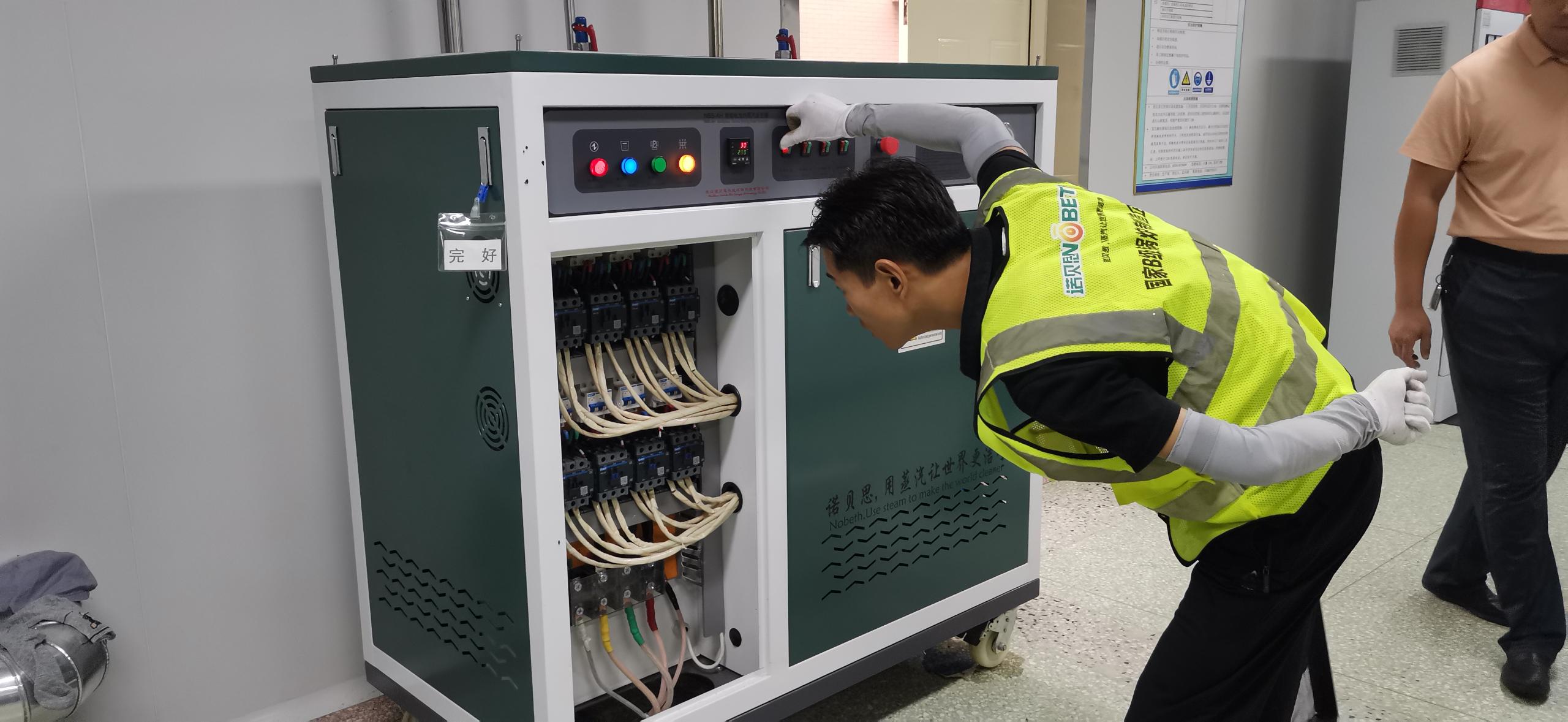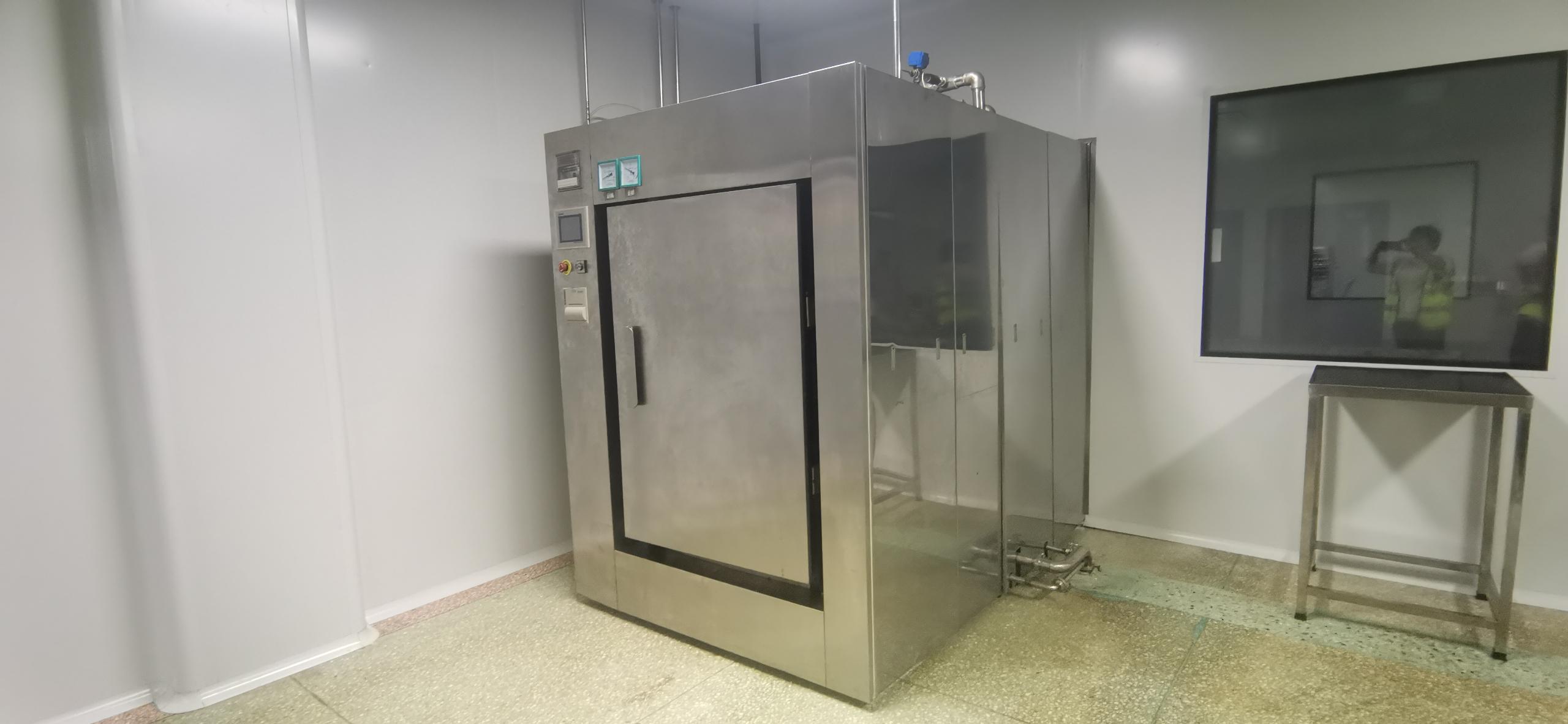Q: How many terms do you know about boilers? (superior)
Proper nouns for steam generators:
1. Critical fluidizing air volume
The minimum air volume when the bed changes from a static state to a fluidized state is called the critical fluidizing air volume.
2. Channel
When the primary wind speed does not reach the critical state, the bed layer is too thin and the particle size and void ratio are uneven. The air is unevenly distributed in the bed material, and the resistance varies. A large amount of air passes through the material layer from places with low resistance, while other parts are still in a fixed state. This phenomenon is called channeling. Channel flow can generally be divided into through-channel flow and local channel flow.
3. Local channeling
If the wind speed increases to a certain extent, the entire bed can be fluidized, and this type of channel flow is called local channel flow.
4. Through the ditch
Under hot operating conditions, coking will occur in the unpenetrated parts of the channel, so it is impossible to fluidize the unfluidized part even if the wind speed is increased. This situation is called through-channel flow.
5. Layering
When the content of fine particles in the widely screened bed material is insufficient, there will be a natural distribution of the bed material in which the coarser particles sink to the bottom and the finer particles float when the material layer is fluidized. This phenomenon is called the stratification of the material layer.
6. Material circulation rate
The material circulation rate refers to the ratio of the amount of circulating materials to the amount of materials entering the furnace (including fuel, desulfurizer, etc.) during the operation of a circulating fluidized bed boiler.
7. Low temperature coking
Coking occurs when the temperature level of the material layer or the overall material is lower than the coal deformation temperature, but locally over-temperature occurs. The basic reason for low-temperature coking is that poor local fluidization prevents local heat from being transferred quickly.
8. High temperature coking
Coking occurs when the temperature level of the material layer or the overall material is higher than the deformation or melting temperature of the coal. The basic reason for high-temperature coking is that the carbon content of the material layer exceeds the amount required for thermal balance.
9. Water circulation rate
In natural circulation and forced circulation boilers, the ratio of the amount of circulating water entering the riser to the amount of steam generated in the riser is called the circulation rate.
10. Complete combustion
After combustion, all the combustible components in the fuel produce combustion products that cannot be oxidized again, which is called complete combustion.
11. Incomplete combustion
The combustion of combustible components in the combustion products produced after the fuel is burned is called incomplete combustion.
12. Low heat generation
The calorific value after deducting the heat value after water vapor has condensed into water and released the latent heat of vaporization from the high calorific value is called the low calorific value of coal.
These are some professional terms for steam generators. If you want to know more, please stay tuned for the next issue.

